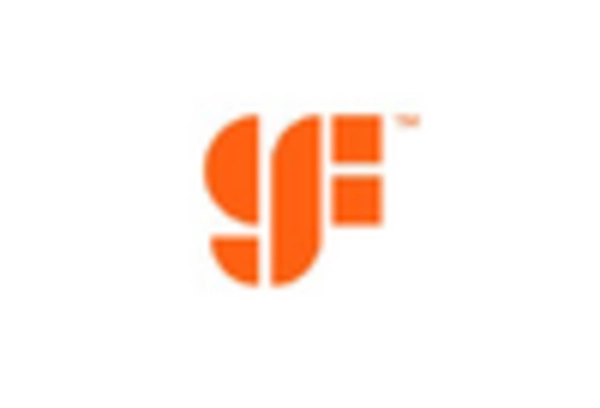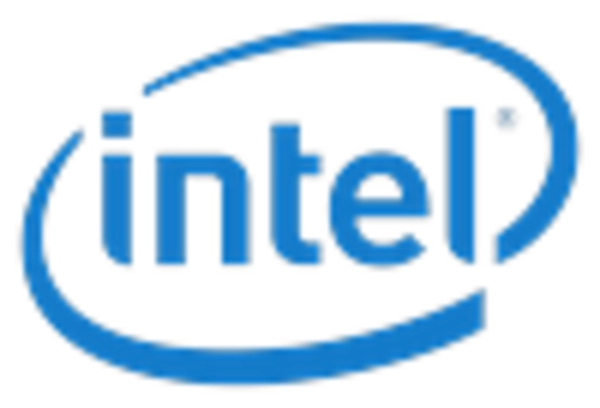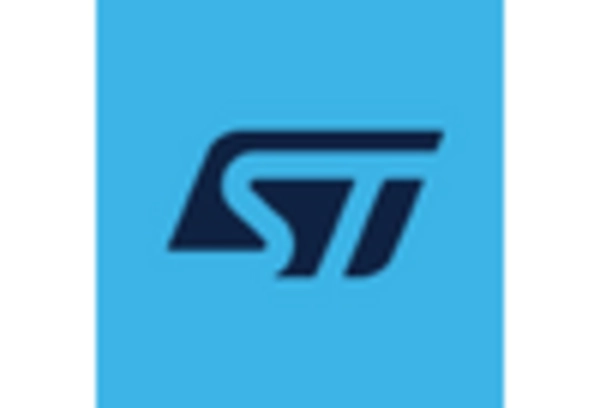Emerging Markets and Urbanization
Emerging markets and urbanization contribute significantly to the growth of the Global Silicon Wafers Market Industry. As urban populations expand, the demand for infrastructure, technology, and electronic devices increases. Countries in Asia-Pacific and Latin America are witnessing rapid urbanization, leading to a higher consumption of silicon wafers for various applications. This trend is expected to drive the market's growth, with a projected CAGR of 7.09% from 2025 to 2035. The urbanization phenomenon not only boosts the demand for consumer electronics but also necessitates advancements in technology, further enhancing the relevance of silicon wafers in these regions.
Growth in Renewable Energy Sector
The Global Silicon Wafers Market Industry is positively impacted by the expanding renewable energy sector, particularly solar energy. Silicon wafers are essential components in photovoltaic cells, which convert sunlight into electricity. As countries worldwide commit to reducing carbon emissions and increasing renewable energy production, the demand for silicon wafers is likely to rise. This trend aligns with global sustainability goals, suggesting a long-term growth trajectory for the market. The integration of silicon wafers in solar technology not only supports energy transition efforts but also enhances the industry's relevance in the context of global energy needs.
Market Trends and Growth Projections
The Global Silicon Wafers Market Industry is characterized by various trends and growth projections that reflect its evolving nature. The market is anticipated to grow from 11.7 USD Billion in 2024 to 24.9 USD Billion by 2035, indicating a robust expansion trajectory. The projected CAGR of 7.09% from 2025 to 2035 highlights the increasing demand for silicon wafers across multiple sectors. Factors such as technological advancements, rising consumer electronics demand, and the growth of renewable energy are expected to drive this expansion. These trends suggest a promising future for the silicon wafers market, with numerous opportunities for stakeholders.
Rising Demand for Consumer Electronics
The Global Silicon Wafers Market Industry experiences a surge in demand driven by the increasing consumption of consumer electronics. As devices such as smartphones, tablets, and laptops proliferate, the need for high-quality silicon wafers escalates. In 2024, the market is projected to reach 11.7 USD Billion, reflecting the essential role silicon wafers play in semiconductor manufacturing. This trend is likely to continue as consumer electronics evolve, necessitating advanced technology and higher performance. The industry's growth is indicative of a broader shift towards more sophisticated electronic devices, which rely heavily on silicon wafers for efficient functionality.
Advancements in Semiconductor Technology
Technological advancements in semiconductor manufacturing significantly influence the Global Silicon Wafers Market Industry. Innovations such as smaller process nodes and improved fabrication techniques enhance the performance and efficiency of silicon wafers. These advancements enable the production of more powerful and energy-efficient chips, which are crucial for applications in computing and telecommunications. As the industry moves towards 2035, the market is expected to expand to 24.9 USD Billion, driven by these technological improvements. The continuous evolution of semiconductor technology suggests a robust demand for high-quality silicon wafers, positioning the industry for sustained growth.
Increased Investment in Research and Development
Investment in research and development within the Global Silicon Wafers Market Industry is crucial for fostering innovation and maintaining competitiveness. Companies are increasingly allocating resources to develop new materials and processes that enhance the performance of silicon wafers. This focus on R&D is likely to yield breakthroughs that improve efficiency and reduce production costs, thereby attracting more players to the market. As the industry evolves, the emphasis on innovation will play a pivotal role in shaping the future landscape of silicon wafers, ensuring that the market remains dynamic and responsive to emerging technological demands.












Leave a Comment